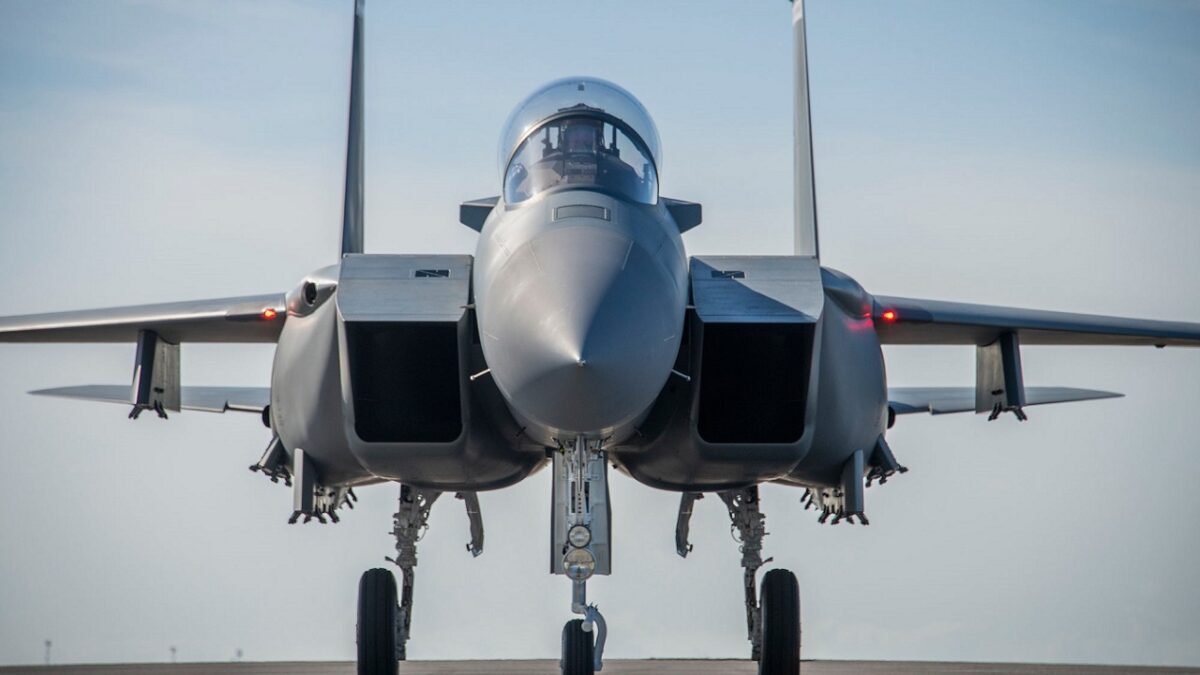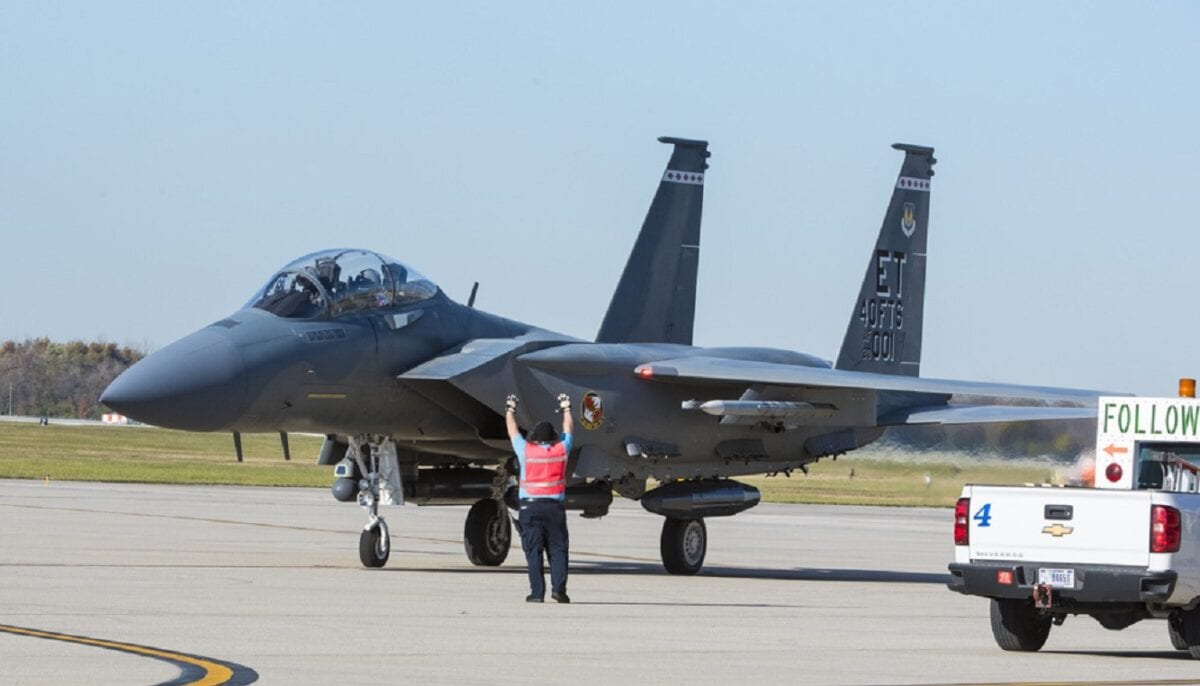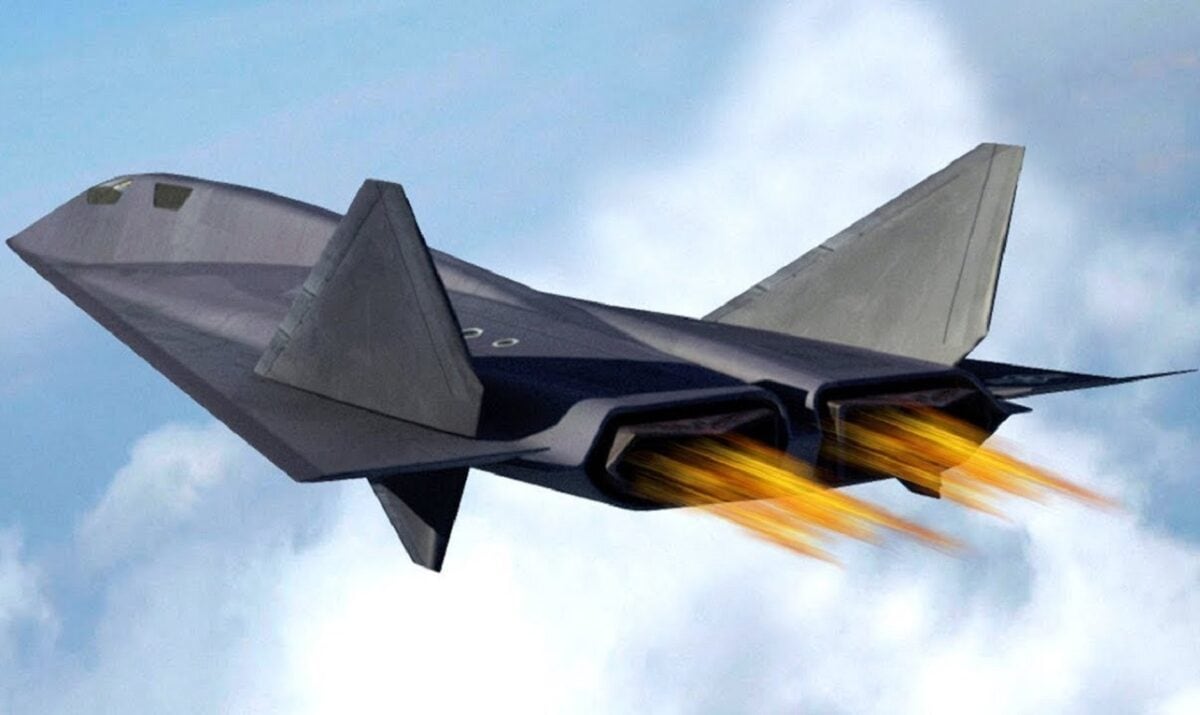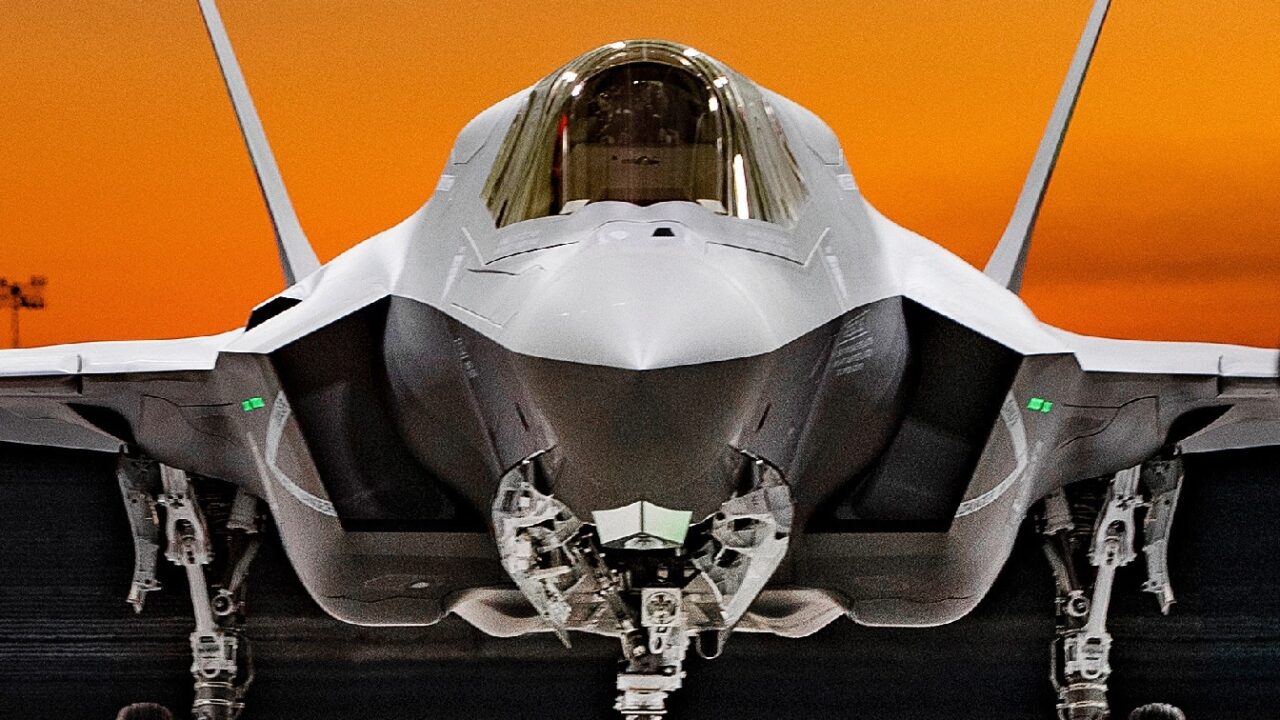White House Budget Proposal Pinches F-35s for NGAD? – The White House released its new defense budget proposal for FY23 on March 28. The Pentagon would get a total of $773 billion if Congress approves. This is an increase of $31 billion or a four-percent raise from the prior fiscal year. This budget hike doesn’t reward every service branch. The Air Force, under the proposal, would have to cut down on some of its airplanes, retiring 150 aircraft, including purchasing fewer F-35s. However, there is more spending earmarked for the Next-generation Air Dominance (NGAD) program.
NGAD Gets a Funding Boost
The Air Force budget proposal is a total of nearly $170 billion with a substantial portion (a nine billion dollars increase) dedicated to research and development, testing, and evaluation. This is where increased spending on the NGAD comes in.
What Is the NGAD?
The NGAD fighter plane is the 6th generation successor to the F-22. There could be two NGAD models planned – one for a long-range strike in the Indo-Pacific with a higher payload and one for tactical air superiority with a lower payload for Europe. Both platforms could carry more weapons than the F-22 and could potentially be stealthier with optionally-manned flight and perhaps even laser weapons.
What About the F-35?
This all sounds fine unless you are Lockheed Martin because there will be fewer new F-35s ordered, the latest Department of Defense budget guidance said. Sixty-one F-35s instead of 94 will be purchased by the Air Force, according to the Pentagon’s funding blueprint – the Selected Acquisition Report released on March 16. That’s 35 percent fewer than expected. That number was cut further under the White House proposal released March 28. The Air Force said it would buy only 33 F-35As for $4.5 billion. The service branch plans to purchase 24 Boeing F-15EX fighters for $1.4 billion.
Why Reduce the Numbers Now?
This is a curious cut to the F-35, a stealth fighter that is currently flying sorties over eastern Europe to answer the Russian invasion of Ukraine. The Germans just ordered 35 of the airplanes. Finland approved funding for 64 F-35s as well – a $9.4 billion purchase. Canada is going to spend $15 billion for 88 F-35s.
Congress Is Concerned
These new international sales should bolster the Lockheed Martin plant in Fort Worth, Texas, where much of the airplane’s assembly is conducted. But local members of Congress in Texas, such as Rep. Kay Granger and Rep. Marc Vesey, are wondering what the U.S. commitment is to the F-35 program.
Air Force Secretary Gives Re-assurance
Air Force Secretary Frank Kendall believes that lawmakers should not worry about the F-35 cuts. He said there will be more units of the Joint Strike Fighter ordered in the coming years.

F-15EX. Image Credit: Boeing.

An F-15EX fighter jet taxis to its parking spot at Wright-Patterson Air Force Base, Ohio, Nov. 8, 2021. The jet visited Wright-Patt to give the Air Force Life Cycle Management Center’s F-15EX program office the opportunity to see the aircraft up close. (U.S. Air Force photo by Jaima Fogg)
“I’ve had people ask me … if we’re committed to the F-35. Of course, we’re committed to the F-35,” Kendall said. “We’re 15 years into production, and we’ll be building F-35s probably another 15 years. … It’s going the be the cornerstone of the [tactical air] fleet for the foreseeable future. There’s no question about that,” Kendall told Breaking Defense.
Extensive Bipartisan Support for the F-35
With these words Kendall may be attempting to re-assure scores of lawmakers who support the F-35 program. Last year, two groups of 124 House members and 20 senators wrote letters to remind the public and the Pentagon that they want more F-35 production and no cuts.

NGAD Artist Rendering (Note: Not a US Government Image).
It’s likely that Kendall will eventually have to visit Capitol Hill and testify to the House and Senate Armed Services Committees about the F-35, the NGAD, and F-15EX, among other issues. The F-35 has many friends in Congress and these policymakers may wish to stop the cuts or at least compromise and meet the Air Force in the middle concerning new F-35 procurement.
Now serving as 1945’s Defense and National Security Editor, Brent M. Eastwood, Ph.D., is the author of Humans, Machines, and Data: Future Trends in Warfare. He is an Emerging Threats expert and former U.S. Army Infantry officer. You can follow him on Twitter @BMEastwood.

